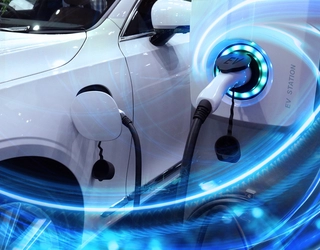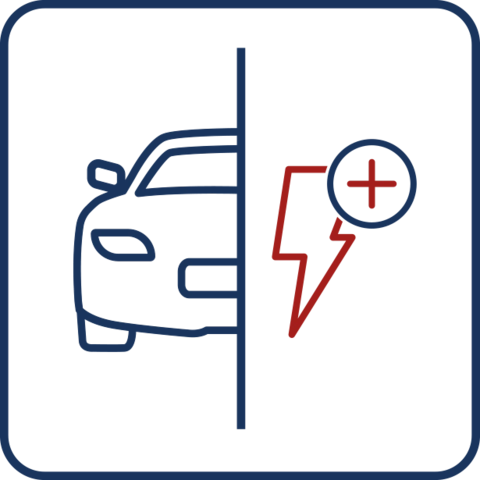
FAQ: ensuring reliability in EV powertrains
contact us

Powertrain technologies are a crucial part of electric vehicles (EVs), helping to ensure reliability, safety, and efficiency. Here, Chris Klok, director - vehicle electrification technology at MacDermid Alpha Electronics Solutions, answers some key questions on EV powertrains and explains how the team is well-placed to meet growing OEM and Tier 1 needs in the EV marketplace.

The term ‘reliability’ can have different meanings in the EV powertrain category. For example, it is vital that the materials used for joining and plating components are highly reliable, ensuring consistent quality and safety for OEMs, which can then be passed on to consumers in the end product.
In the field, reliability is also linked to durability, as parts are expected to have a lifespan of at least 15 years. Interconnects in EVs must withstand huge amounts of current, which can place additional strain on materials. It is therefore important that these components are durable and ultimately, do not fail over time.
Any materials that are used in EVs need to be proven to be even more reliable as the strain on materials caused by extremely high currents and temperatures are much larger than a powertrain using an internal combustion engine. As a result, testing in the EV powertrain category is extensive, and the automotive sector is highly sophisticated in this area.
We conduct tests until the point of failure, which is when the bonds in these components fail. For example, parts must achieve certain specified criteria, including thermal shock testing, where they must withstand extremely hot and cold temperatures. After approximately 3,000 cycles components must then maintain a ‘good’ bond to be considered successful.
The power electronics systems are also turned ON/OFF a million times (or longer) to simulate the power cycles at high operating temperatures and thermal excursions during high current situations such as fast acceleration, driving uphill, and braking.
These systems must be able to take the thermal and electrical stress and perform at high efficiency and reliability to guarantee the performance over the drivetrain lifetime. With the battery voltage increasing to 1200V (especially for the higher end EVs), the test conditions are being updated to also check for electrochemical migration at high voltage when subjected to high humidity and temperature.
In all these situations, it mostly comes down to the interconnections between the layers to manage and absorb the stress between the device layers (with different hardness and thermal coefficient of expansion). This comprehensive testing simulates the lifespan of the car – helping to ensure each EV is built to last.
At MacDermid Alpha Electronics Solutions, we can help OEMs and Tier 1s choose the right materials to suit their needs. For instance, we collaborate in the development of joining materials for inverters – to ensure they are as efficient as possible. Thanks to innovation in this area, we provide the expertise and applications knowledge to OEMs and Tier 1s to develop lighter, more compact inverters that can help improve efficiency in EVs.

In the search for alternative powertrain technologies, it is important to look for power, range, and reliability. Power and range, in particular, remains a challenge for OEMs and Tier 1s, with the industry continually innovating to increase efficiency, battery performance, and safety in EVs.
Whether it is a traditional powertrain using electricity or a hydrogen fuel cell stack, inverters and boosters still remain a crucial part of the technology. It is an emerging area for OEMs, with some companies already innovating in this space and exploring how hydrogen can store energy to potentially increase power and range.
However, fuelling hydrogen-electric vehicles continues to be a logistic challenge across many countries, as hydrogen sources are often not as readily available as electricity. Likewise, the infrastructure for EVs, such as charging points, needs to be addressed in most countries across Europe to meet forthcoming demand.
We are unique, as we are the only supplier for both plating and joining materials for the EV market. It is crucial to have a solid understanding of both these distinct categories together; we believe they work together in synergy. Plus, our extensive knowledge of the chemistry behind the two processes allows us to support OEMs and Tier 1s across the entire automotive supply chain, helping to deliver true reliability in the powertrain.
Our thoughts go out to everyone who has been affected by the Covid-19 crisis. In terms of the automotive market, nobody knows how long the situation will continue, and the lasting impact on the global economy.
However, there has already been a huge investment in EV technology from OEMs, as a result of recent EU legislation on fleet carbon dioxide limits. Manufacturers are therefore incentivized to bring more EVs to market, and this looks unlikely to change soon, despite the COVID-19 pandemic. Although there might not be strong growth in the automotive market this year, the future looks positive for EVs.